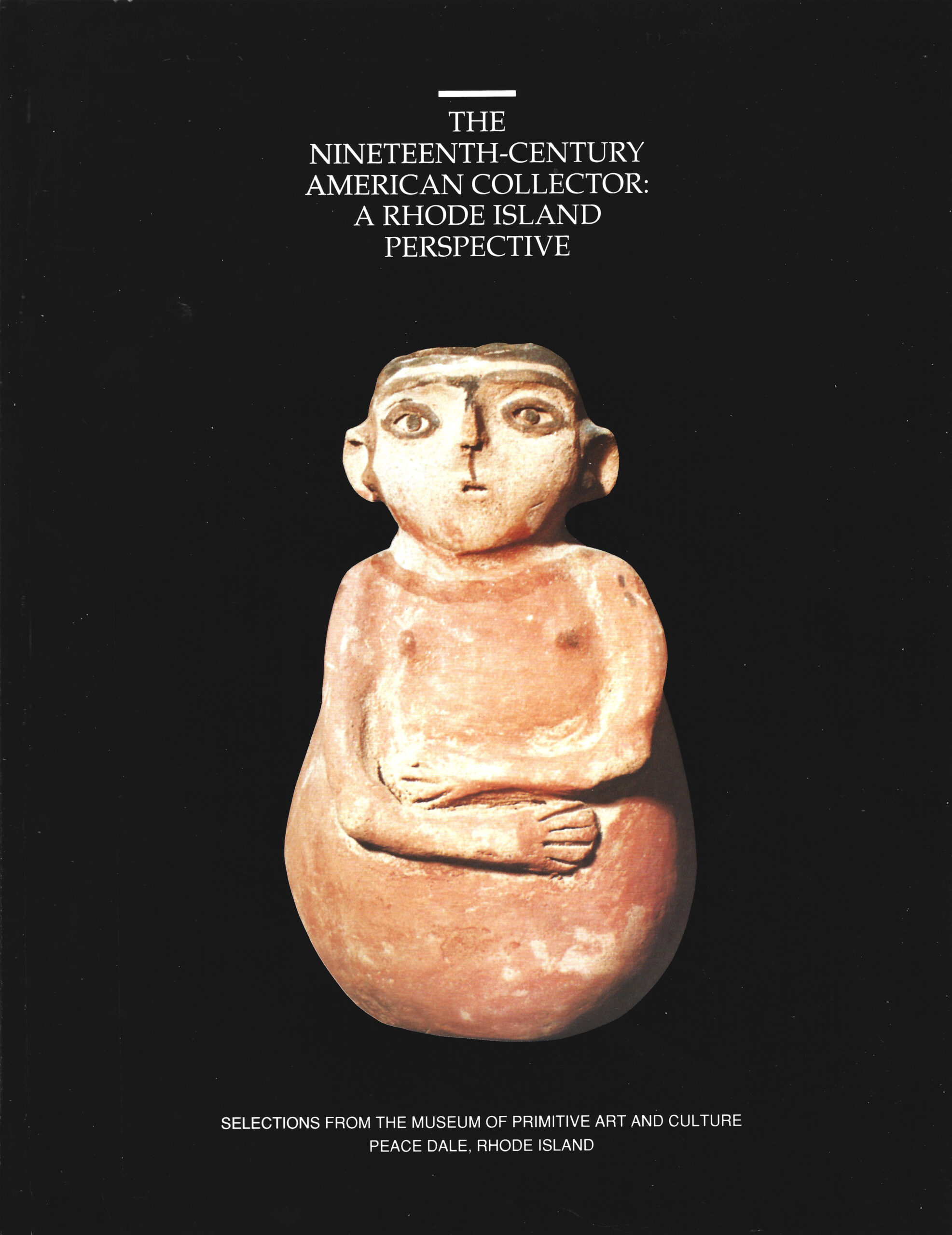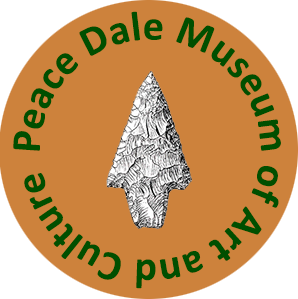In August of 1892, Rowland Gibson Hazard II, textile mill owner, industrialist, and president of the Narragansett Library Association, solicited the donation of Indian antiquities for exhibit in the “Arrow Head Room” of the newly-constructed Hazard Memorial building, now the Peace Dale Library.
A fourth-generation textile manufacturer, R. G. also was an enthusiastic amateur archaeologist. The Hazard Memorial, which included classrooms, a library, and a 700-seat performance hall, was intended to provide educational and recreational opportunities for residents of the village of Peace Dale, many of who worked in the Hazard mill complex. R.G. thought the building should include an exhibit of objects made by the original inhabitants of the United States. R.G.’s own artifacts formed the core of the collection.
Many local residents contributed arrowheads, stone net weights, grinding slabs, and similar objects. As R.G. continued to solicit donations to the collection, it grew to include not only artifacts from other parts of the country, but artifacts from Europe, many of them donated by family members and friends. R.G. acquired archaeological objects during his travels throughout the United States, Europe, and the Far East and added those to the collection as well.
By the second decade of the 20th century, the collection had outgrown its home in the Hazard Memorial building. R.G.’s goal was to construct a new building for the collection. His sudden death from a heart attack in 1918 prevented him from realizing that goal, but anticipating that he might not live to accomplish it himself, he set aside funds for a museum when he made his will.
Ten years after R.G.’s death, his widow, Mary Pierrepont Bushnell Hazard, found a new home for the collection. In 1858, the Hazard family had constructed a large granite building for use as a boarding house for workers, a village store, and a post office. By 1928, the building, located directly across the street from the Hazard Memorial, was no longer needed for boarding, so a large area inside it could be used for the museum. Mrs. Hazard oversaw renovations to the building, which included removal of the third floor over the eastern end to create a two-story-high gallery. The transformed space, with its exposed beams, adobe-like walls, and a red tiled floor, resembled a Southwestern Spanish mission. Built-in oak and glass display cases lined the walls. The collection was installed in the new gallery in 1930.
In 1978, the museum’s first curator, Sarah Peabody Turnbaugh, M.A., was appointed. Assisted by students at the University of Rhode Island, she completed the cataloguing of the entire collection that had been started in 1930.
When the Hazard family sold the building (now the Peace Dale Office Building) to the Town of South Kingstown in 1983, the terms of the sale included a 99-year lease of the gallery. The same year, the museum was incorporated as the Museum of Primitive Art and Culture, a non-profit educational institution administered by a board of trustees. The name of the museum was changed to the Peace Dale Museum of Art and Culture in 2018.
Now, as in the beginning, the museum is operated primarily by volunteers. The museum does not have an endowment; its annual budget is funded by donations and private grants.
Although much has changed since 1892, the museum’s mission remains the same— to encourage the preservation of the material culture of pre-industrial societies and to serve as an educational resource for the community.

